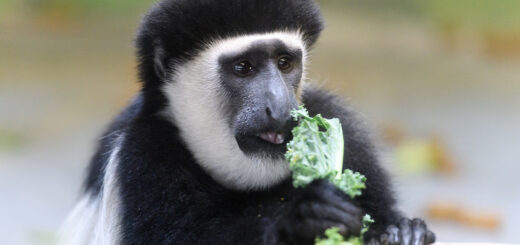Evaluation of eight species of native Texas browse as suitable forage substitutes for black rhinoceros (Dieros bicornis)
Citation
Graffam W, Dierenfeld ES, Pattillo G, Bass L. 1997. Evaluation of eight species of native Texas browse as suitable forage substitutes for Black Rhinoceros (Dieros bicornis). In Proceedings of the Second Conference on Zoo and Wildlife Nutrition, AZA Nutrition Advisory Group, Fort Worth, TX.
Abstract
Duplication of natural foodstuffs for animals in captivity can be a difficult task. While it may not be possible to provide food sources normally available in an animal’ s natural habitat, a prospective goal might be to provide similar nutrients from locally available foods. Eight species of native Texas browse were studied for adequacy as a source of browse for black rhinoceros (Diceros bicornis) in captivity. Samples of browse were analyzed for moisture, crude and bound protein, neutral (NDF) and acid detergent fiber (ADF), lignin, vitamin E, ash, macrominerals and selected microminerals. Texas browse samples (whole plants) contained 42.5%-77.8% water, 7.5-24.8% protein, 0.81-2.43% bound protein, 30.1-61.6% NDF, 16.2-42.7% ADF, 5.8-22.5% lignin, 4.8-21.3% ash and 94.1-509.0 IU/kg vitamin E (all on a dry matter basis except water). Leaves contained significantly (P<0.05) higher protein and vitamin E than twig portions of the same plants. Twigs contained significantly higher NDF, ADF and lignin than leaves. Twig and leaf fractions did not differ in water or ash concentrations. Texas browses were compared to previously published values for black rhino browses from Zimbabwe and found to have similar concentration of nutrients. Overall, available Texas browses appear to be nutritionally adequate substitutes for the plants that black rhinos consume in nature, at least for the constituents evaluated.
 Eight Species of Texas Browse.pdf 1 MB
Eight Species of Texas Browse.pdf 1 MB








